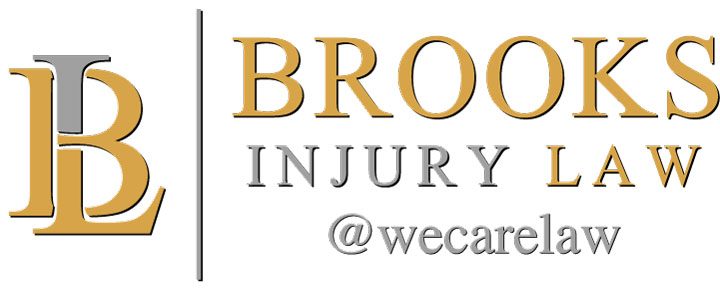Slips, Trips, and Falls: How Brooks Injury Law Advocates for Victims' Rights
- Slip, trip, and fall cases occur when someone is injured on another person's property due to hazardous conditions like wet floors, uneven surfaces, poor lighting, or obstacles that create an unsafe environment.
- Property owners have a legal duty to maintain their premises in a reasonably safe condition and to promptly address or warn visitors about any potential dangers.
- When property owners fail to meet these responsibilities, they can be held liable for injuries resulting from slip, trip, and fall accidents.
- Brooks Injury Law helps victims by thoroughly investigating the circumstances of the fall, gathering evidence such as photos, witness statements, and surveillance footage, and building a strong case to prove negligence.
- Our attorneys negotiate aggressively with insurance companies to secure fair compensation for medical expenses, lost wages, pain and suffering, and other related costs.
- If a settlement cannot be reached, Brooks Injury Law is prepared to take the case to trial, ensuring that the victim’s rights are protected and that they receive the justice they deserve.
Slip and Fall Accidents
Property Owner Negligence Can Cause Serious Injuries
Slip and falls are legally referred to as "premises liability" cases. What this means is that the owner of the property is the one responsible for attending to the upkeep of the grounds. Property owners are responsible for inspecting their area, tending to known hazards, and letting visitors know that a hazard may exist. Failure to do so can result in a visitor getting injured and in that case, the owner will be held liable. If you have been injured due to an owner's negligence in maintaining their property or allowing you onto their property under dangerous conditions, you may be entitled to a financial settlement.
National Slip and Fall Facts & Stats
How to Prove a Slip and Fall Case
Prove Liability
You must be able to provide proof that the defendant was legally liable for maintaining the property of where the injury occurred. This means that you must prove that the defendant owned, leased, or was residing at the property during the time of injury.
Prove Negligence
Next, you must be able to prove that the property owner was negligent in that they did not provide the correct level of care and safety required depending on what type of visitors they allow.
Prove Relationship Between Injury and Negligence
After determining their negligence, you must prove that because of their carelessness or failure to properly maintain their property your injury was caused. There has to be a direct relationship between the two.
Show Suffering or Harm
The last step in proving a slip and fall case is being able to show that you suffered real harm or damage. This could be shown in the form of hospital records, medical bills, or records of lost wages. This piece of information shows that your life was altered from this event and you are having to recover.
Why Choose Brooks Injury Law?
$66M+
More than $65 Million recovered for Brooks Injury Law clients.
$7M+
More than $7 Million paid out to attorneys who have referred cases to Brooks Injury Law.
$115K+
Average case settlement exceeds $115,000.
1200+
Number of cases handled by Brooks Injury Law, and counting...
4.9
Average Google review rating.








